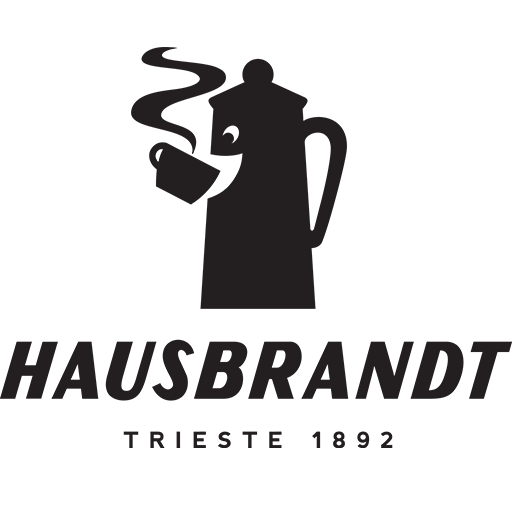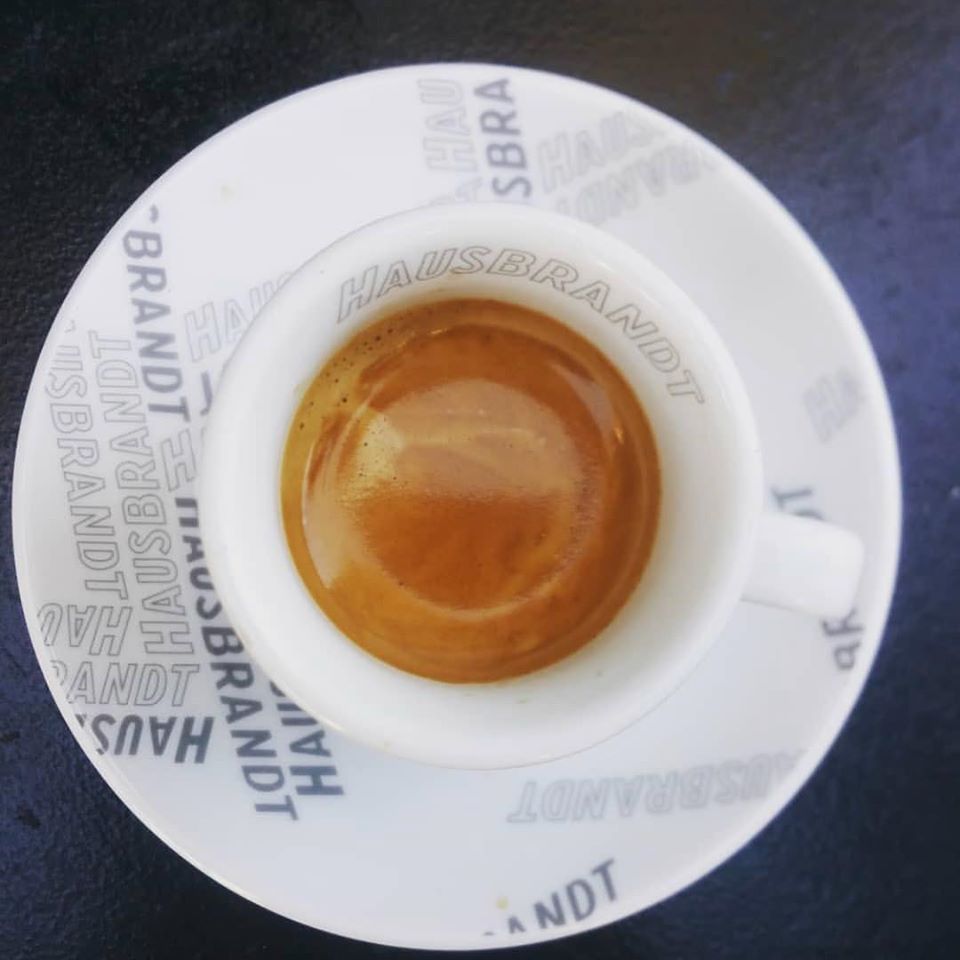Espresso is a concentrated form of coffee served in small, strong shots and is the base for many coffee drinks. It’s made from the same beans as coffee but is stronger, thicker, and higher in caffeine. However, because espresso is typically served in smaller servings than coffee, it has less caffeine per serving.
- Origin: Italy
- Temperature: 190°F
- Caffeine: 29-100 mg per shot
- Main Ingredient: ground coffee beans
What Is Espresso?
Espresso (ess-PRESS-oh) is a full-flavored, concentrated form of coffee that is served in “shots.” It is made by forcing pressurized hot water through very finely ground coffee beans using an espresso machine. The result is a liquid stronger than coffee topped with a “crema,” a brown foam that forms when air bubbles combine with the soluble oils of fine-ground coffee and sits on top of a properly pulled shot of espresso. The crema adds to the rich flavor and lingering aftertaste of espresso.
Espresso has all of the same flavors of coffee but amplified—bitter, lightly sweet, acidic, toasty. The exact flavor profile will vary depending on the coffee roast. It has a thicker, creamier texture than coffee.
:max_bytes(150000):strip_icc():format(webp)/what-is-espresso-FINAL-5c5c86d246e0fb0001f24d9e.jpg)
3 Health Benefits of Espresso:
While consuming too much caffeine carries certain health risks, just the right amount of espresso has a number of health benefits.
Heart Health
Studies have shown that the right amount of caffeine helps improve cell functionality, acting as a preventive measure against things like heart disease. In fact, regular coffee drinkers may be up to 19 percent less likely to die from cardiovascular disease.1
A number of studies have shown that regular coffee consumption can greatly reduce the risk of cirrhosis, a liver disease often caused by heavy use of alcohol.2
Drinking espresso may help reduce your risk of developing Alzheimer’s disease or dementia. A number of studies about brain health and caffeine consumption conclude that regular, moderate coffee or espresso intake reduces the risk of cognitive decline.3
Espresso is especially loved in its home country of Italy, where it is frequently enjoyed plain, fresh out of the machine. Espresso shots are served in specially made espresso cups, called demitasse cups. The one-ounce shots are a quick and intense pick-me-up. Espresso can also be served as a two-ounce double shot. Some coffeehouses only serve double shots, or doppio, to help keep quality consistent. Espresso can also be made lungo or “long” using the same amount of coffee but twice the amount of water. Espresso is drunk throughout the day but is especially popular in the morning and after a meal.
How to Drink Espresso
Though a serving of espresso is called a shot, it is not meant to be drunk in a single gulp. Instead, espresso is meant to be sipped slowly so you can take in its full, rich flavor. Most enjoy a shot or double shot of espresso as is, but sugar or another sweetener can be added. It is sometimes served with a sweet biscuit like biscotti.
Espresso is also used to make a number of popular coffeehouse drinks:
- Caffé Americano: A shot of espresso combined with hot water.
- Red-eye: Filtered coffee combined with one shot of espresso.
- Caffé latte: A double shot of espresso topped with steamed milk.
- Cappuccino: A single shot of espresso topped with steamed and frothed milk.
Caffeine Content in Espresso
While espresso has the reputation of being high in caffeine, it all depends on how much you drink. Since the beverage tends to be served in smaller servings than coffee, it can sometimes end up having less caffeine than standard, brewed coffee. Double and triple shot drinks and mixed drinks like red-eyes can up the caffeine level significantly.
Espresso contains 29 to 100 milligrams of caffeine in a single shot, often hovering around 75 milligrams. A double shot contains 58 to 185 mg. For comparison, a cup of drip coffee can contain 80 to 200 mg of caffeine depending on the variety and brew.
Since espresso can be made with any kind of coffee, the acidity in espresso will vary depending on the roast. Lighter roasts are more acidic since darker roasts tend to hide the bean’s natural acidity. Many coffeeshop espressos are a darker roast, making espresso slightly less acidic than some brewed coffee.
:max_bytes(150000):strip_icc():format(webp)/SPR_765276-caffeine-in-coffee-tea-cola-5a8c2f5a3de423003797d7c1-11a6636f3c8f4653b2e31f7ab7056c49.png)
Buying and Storing
Look for fresh-roasted, whole, high-quality coffee beans for the best results. We recommend purchasing beans from your favorite local coffee shop or specialty grocer. Since espresso really pulls the flavor out of the beans, find a quality bean and roast you like and stay away from cheap supermarket brands. The same goes for ordering an espresso at a coffee shop. Choose an establishment that has well-trained baristas and fresh, top-notch coffee beans.
Store whole beans or ground coffee in a thick, opaque, airtight container in a cool, dark place. Avoid placing your coffee in the fridge freezer, unless you plan to store the entire bag. Removing the coffee beans from the freezer to use them time and time again introduces moisture to the beans and sucks out their flavor. If your beans came in a thick, resealable foil bag with a valve, keep them stored in the original packaging.
Once opened, use coffee beans within a week or two, if possible. For best results, grind the beans just before using them.



